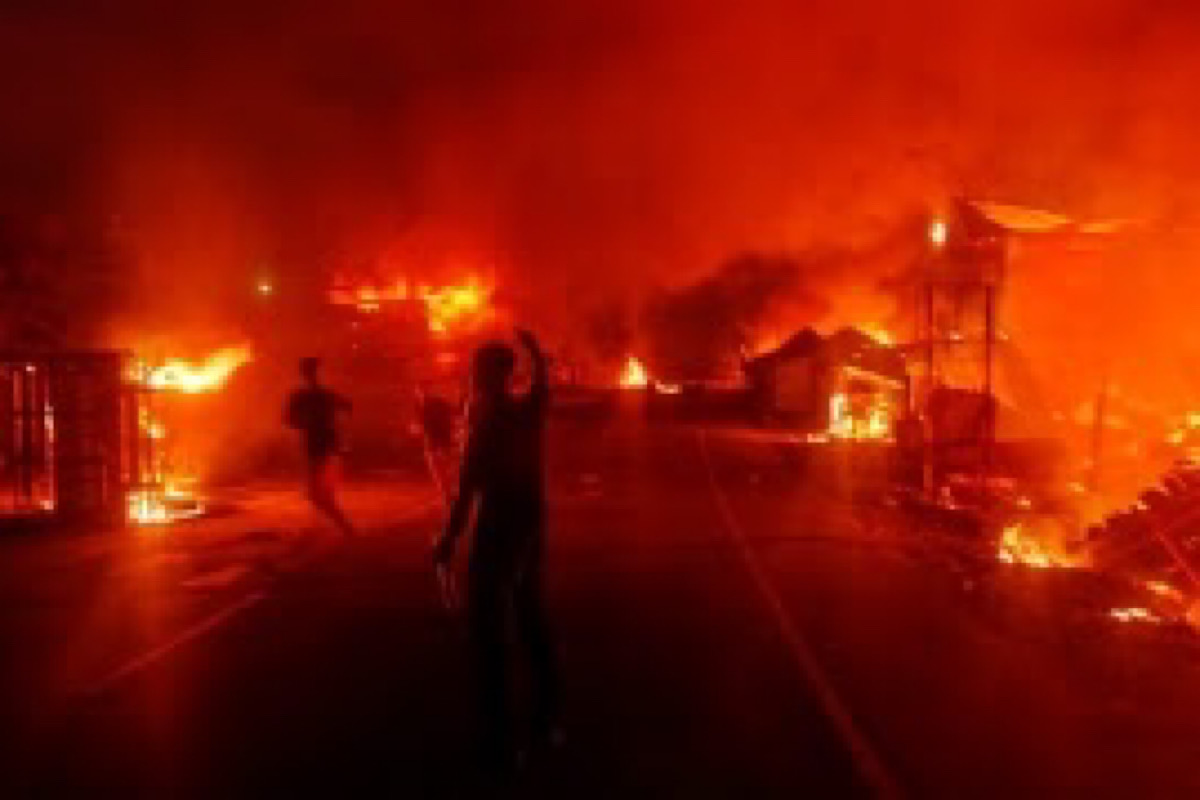Manipur Crisis
The imposition of President’s Rule in Manipur has reignited fierce debates about the state’s future, exposing deep ethnic and political fault lines.
The assault took place in Zairon Hmar village, where a group of armed assailants launched an arson attack, according to a senior police official.

Visuals from Manipur [Photo:IANS]
In another episode of ethnic violence in strife-torn Manipur, at least six houses were set ablaze and a tribal village in Jiribam district came under attack from armed militants on Thursday evening, local authorities reported.
The assault took place in Zairon Hmar village, where a group of armed assailants launched an arson attack, according to a senior police official.
Advertisement
Manipur has been engulfed in violent ethnic conflict since May last year, with over 200 lives lost and numerous communities displaced. The violence initially erupted on May 3 following a “Tribal Solidarity March” organized in protest against the Meitei community’s demand for Scheduled Tribe (ST) status—a request that has deepened existing tensions.
Advertisement
The demographic divide of the state adds complexity to these tensions. The Meiteis, who represent roughly 53 percent of the population and mostly inhabit the Imphal Valley, have sought greater access to affirmative action and reservations.
In contrast, the tribals, comprising primarily the Naga and Kuki communities and representing around 40 percent of the population, are concentrated in the hill districts and have resisted this change, fearing loss of political representation and rights over land and resources.
The conflict has increasingly targeted civilians, with numerous instances of villages, homes, and livelihoods destroyed. The state remains under heightened security, with the central government deploying forces and imposing curfews in affected areas. Community leaders continue to call for dialogue, but with hostilities persisting, a resolution seems distant.
Advertisement